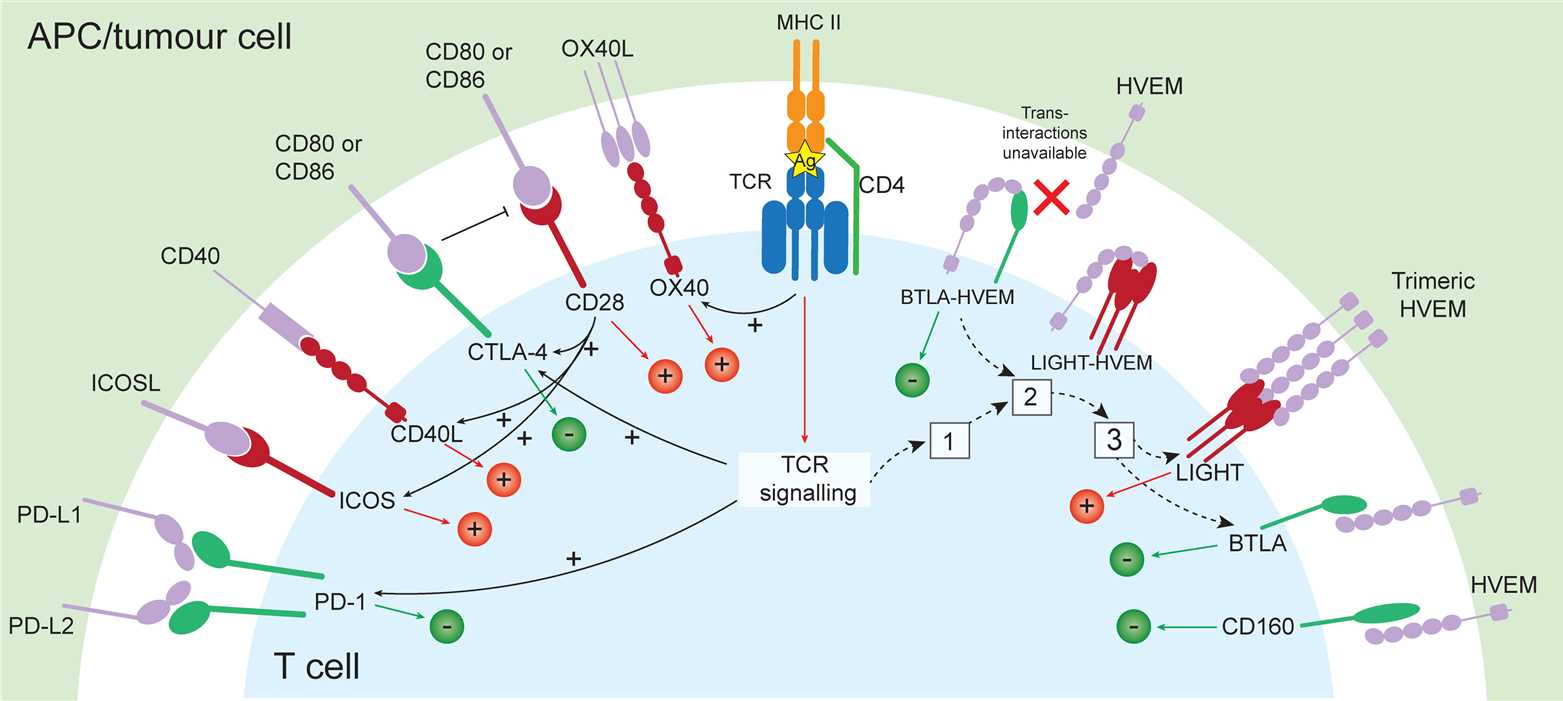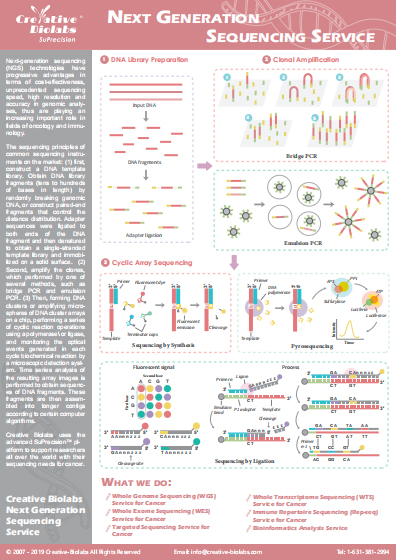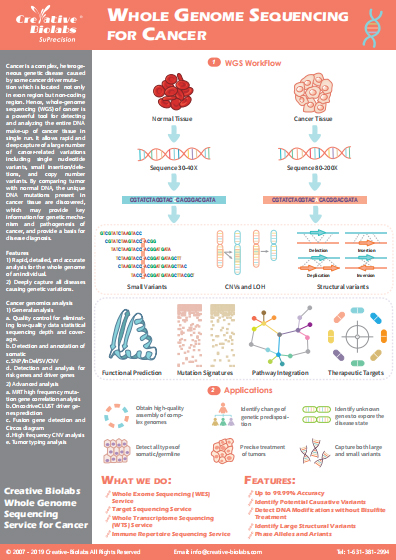
Co-stimulatory Immune Checkpoint Pathways
Cancer immunotherapy that targets immune checkpoints is a promising new treatment option in several tumor entities and is currently developing at a breathtaking speed. During the activation of lymphocytes, co-stimulatory molecules are often crucial to the development of an effective immune response. Co-stimulatory molecules are required in addition to the antigen-specific signal from their antigen receptors. Co-stimulatory immune checkpoint pathways have been summarized as follows:
-
1. CD40 & CD40L

CD40 is a member of the tumor necrosis factor (TNF) receptor family that is expressed by B cells, professional antigen-presenting cells, as well as non-immune cells and tumors. CD40 binds its ligand CD40L, also known as CD154, which is transiently expressed on T-cells and other non-immune cells under inflammatory conditions. CD40-CD40L is critical for the development of protective anti-tumor immunity and CD40 can be a cancer-associated target in antibody-based therapies.
-
2. OX40 & OX40L
The tumor necrosis factor receptor OX40 (CD134) and its binding partner OX40L (CD252) are members of the tumor necrosis factor receptor/tumor necrosis factor superfamily. They are expressed on activated CD4(+) and CD8(+) T-cells as well as on a number of other lymphoid and non-lymphoid cells. OX40-OX40L interactions have been proposed as a potential therapeutic target for treating autoimmunity, making them attractive candidate targets for intervention in the clinic.
-
3. LIGHT & HVEM
TNF-related cytokines function as key communication systems between cells of the immune system, mediating inflammation and tissue destruction. LIGHT (TNFSF14) is a key component of the communication system that controls the responses of T-cells. Studies in humans and experimental animal models reveal that LIGHT contributes to inflammation and pathogenesis in mucosal, hepatic, joint and vascular tissues. LIGHT is accessible to biologic-based therapeutics, which can be used to target this molecule during inflammation-driven diseases.
-
4. CD28 & CD80 /CD86
CD28, expressed on T-cells, provides co-stimulatory signals required for T-cell activation and survival. T-cell stimulation through CD28 in addition to the T-cell receptor can provide a potent signal for the production of various interleukins. CD28, together with its ligands CD80 (B7.1) and CD86 (B7.2), is one of the most pivotal costimulatory molecules for inducing functional T-cell responses. Co-stimulatory molecules CD28-CD80 /CD86 plays an important role in effective T-cell activation and differentiation.
-
5. GITR & GITR Ligand
Glucocorticoid-induced TNFR family related gene (GITR) is a member of the TNFR superfamily (TNFRSF) that is expressed in different T-cell types, including T lymphocytes. GITR-GITR ligand (GITRL) pathway can efficiently inhibit Treg function while activates CD8(+) T effector cells.
-
6. CD27 & CD70
CD27 is a TNFR family member whose expression is limited to cells of the lymphoid lineage. Constitutively expressed on T lymphocytes, it is a costimulatory molecule for a regulatory subset. Induced on B lymphocytes after antigenic challenge, CD27 is a marker of memory cells. CD70, the CD27 ligand, is a TNF related trans-membrane protein induced upon activation on T and B cells. CD27-CD70 axis could be exploited for the design of anti-cancer vaccines.
-
7. 4-1BB & 4-1BBL
4-1BB (CD137/ILA: receptor induced by lymphocyte activation), another member of the TNF family, is a co-stimulatory molecule expressed on activated T-cells. 4-1BB plays an immunomodulatory role in T-cells and NK cells, and agonists of this receptor have garnered strong attention as potential immunotherapy agents. 4-1BB ligand (4-1BBL), a member of the TNF superfamily, is an inducible molecule present on several APC types.
-
8. ICOS & ICOS Ligand
Inducible T-cell co-stimulator (ICOS), also known as activation-inducible lymphocyte immunomediatory molecule (AILIM, CD278), is a CD28-superfamily costimulatory molecule. ICOS enhances all basic T-cell responses to a foreign antigen, namely proliferation, secretion of lymphokines, up-regulation of molecules that mediate cell-cell interaction, and effective help for antibody secretion by B-cells. ICOS can efficiently prevent the apoptosis of pre-activated T-cells and plays a critical role in the CD40-mediated class switching of immunoglobin isotypes.
-
9. CD266 & CD155
CD226, also known as DNAM-1, is a glycoprotein belonging to the immunoglobulin superfamily that is expressed on the surface of NK cells, platelets, monocytes and activated CD4b(+) T-cells. CD155 is a glycoprotein composed of two Ig-like C2-type domains and one Ig-like V-type domain that is necessary for poliovirus binding and uptake. CD226 binds to CD155 that is induced in T-cells upon their activation. CD226 mediates cellular adhesion and triggers NK cell effector functions. CD226-CD155 has been a promising molecular target for therapeutic intervention in human autoimmune diseases.
With Ph.D. level scientists and many years’ experience in next-generation-sequencing (NGS), Creative Biolabs has accumulated extensive experiences in TMB analysis for response to checkpoint inhibitor immunotherapy. We are pleased to share our cutting-edge technology and extensive expertise in TMB analysis for response to checkpoint inhibitor immunotherapy to facilitate our clients’ related project development.
Please contact us for more information and a detailed quote.
Reference
- Small, Annabelle, Katie Lowe, and Mihir D. Wechalekar. "Immune checkpoints in rheumatoid arthritis: progress and promise." Frontiers in Immunology 14 (2023): 1285554. Distributed under open access license CC BY 4.0, without modification.
Resources
Infographics
Podcast
- SuPrecision™ Sequencing Applications
- Co-inhibitory Immune Checkpoint Pathways
- Podcasts
- Download Center




